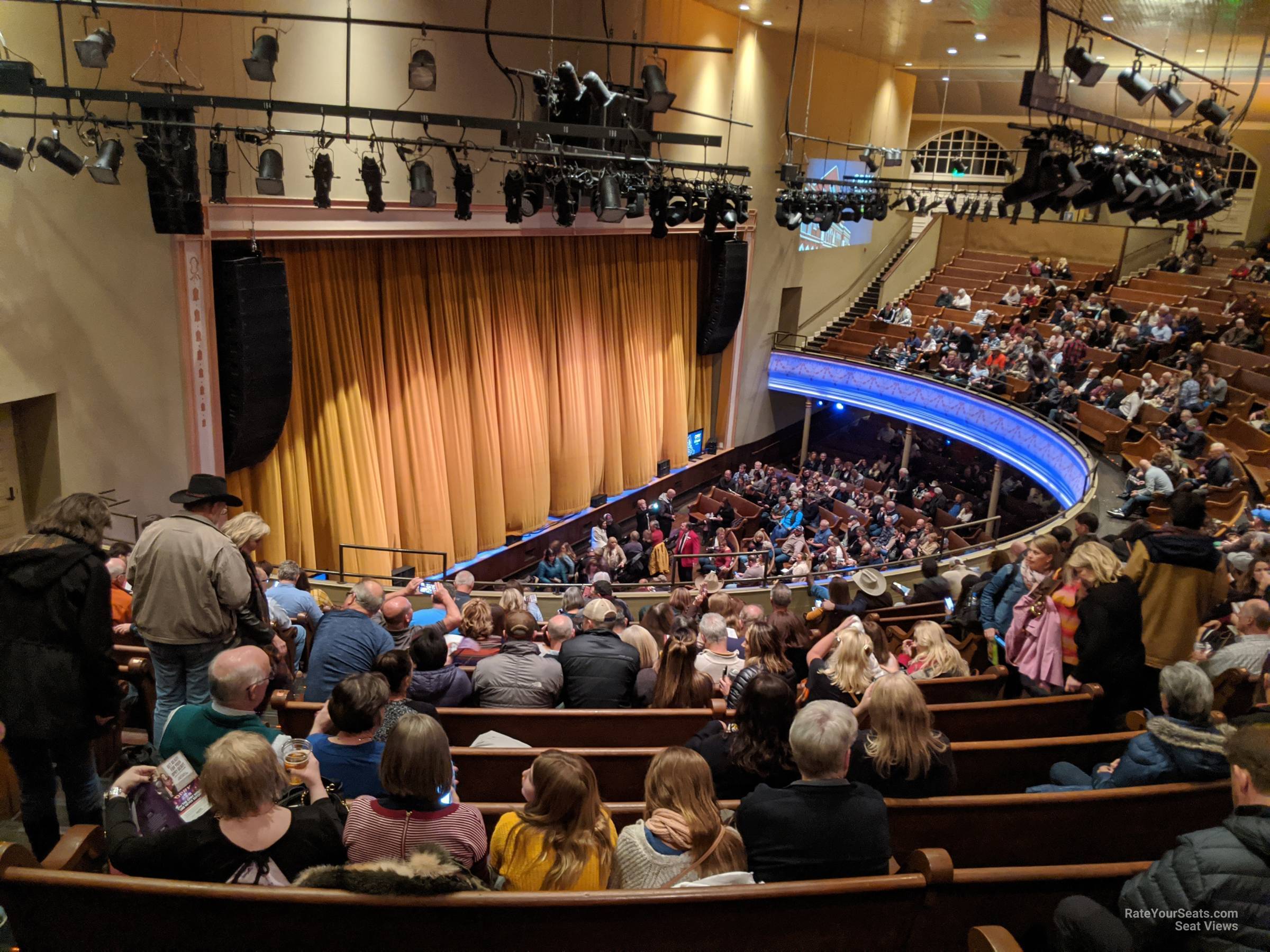

If the auditorium is where the heart and soul are, the support spaces are where the bones and guts of the operation are. That can be accomplished by the construction of side aprons on the same level as the “cross-aisle.” Auditorium Support Spaces Ideally, access to the stage is handicap accessible. The side stage should be at least half the size of the proscenium opening on each side.


Assume that the typical stage is 30-35 feet deep with a proscenium opening of 40-50 feet wide, and up to 30 feet tall. The stage should be sized to accommodate the largest group expected to be featured. Acoustical control is a science, and the use of 3D computer models is essential to develop the optimum “sound environment” when designing a seating area. Viewing angles are critical components of seating layouts every seat should have a great one. This allows for aisle ways, sound and light control areas, and entryways that trap the light when late-comers arrive. Standard estimates are based around guidelines of approximately 18 sq. The main seating area is where the bulk of the audience sits. If the performances are live or recordedĪuditoriums come in many shapes and sizes, but designs typically consist of three main components:.Whether the performances are audio, visual, or both.Auditorium DesignsĪn auditorium may be designed for a playhouse with stages for dramatic performances, a concert hall with orchestras for musical performances, or a theater house consisting of screens to watch movies or presentations.Ĭharacteristics to Consider When Designing Auditoriums They may be used for rehearsals, presentations, performing arts productions, or as a learning space. They can be found in entertainment venues, schools, community halls, and theaters. What is an auditorium?Īn auditorium is a room designed to host a range of audio and/or visual performances and their audiences. TrashCans Unlimited offers an extensive selection of auditorium trash cans, and we’re here to discuss typical uses and designs for auditoriums, as well as the trash cans that fulfill their unique needs. Lighting, seating, and trash can accessibility are all important factors in maintaining a safe and comfortable auditorium. A part of that complexity is designing a usable and comfortable space to accommodate the needs of the audience and the performers. For this reason, balcony seats are a great option in alternative to the back rows on the main floor.A lot of engineering goes into the design of auditoriums. While the stage is in clear view for most seats, the overall experience of the Ryman beauty is minimized. If you are someone who prefers not to walk far to your seats or will need to head out to the lobby frequently sections 7 and 8 are nearest to the exit whereas sections 1-2 are a much longer walk. Toward the back of all main floor sections the view becomes very condensed due to the balcony overhang. All seating is pew style which will be a tight fit for some. There is only one way in and one way out of the auditorium. There will be an angle for some of the seats, but for most shows it will not impact the viewing experience. The best side seats are in rows B-M in sections 1-7. Similar to the seats center sections it is best to be located in the front half of the side sections.

There are four side sections 1-2 and 7-8.


 0 kommentar(er)
0 kommentar(er)
